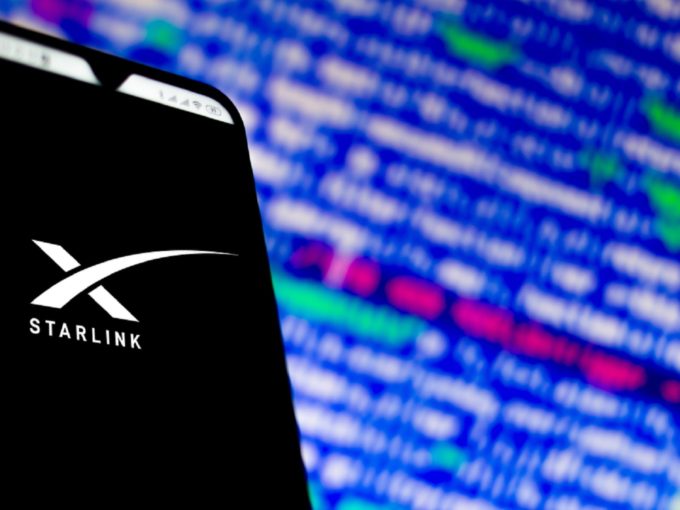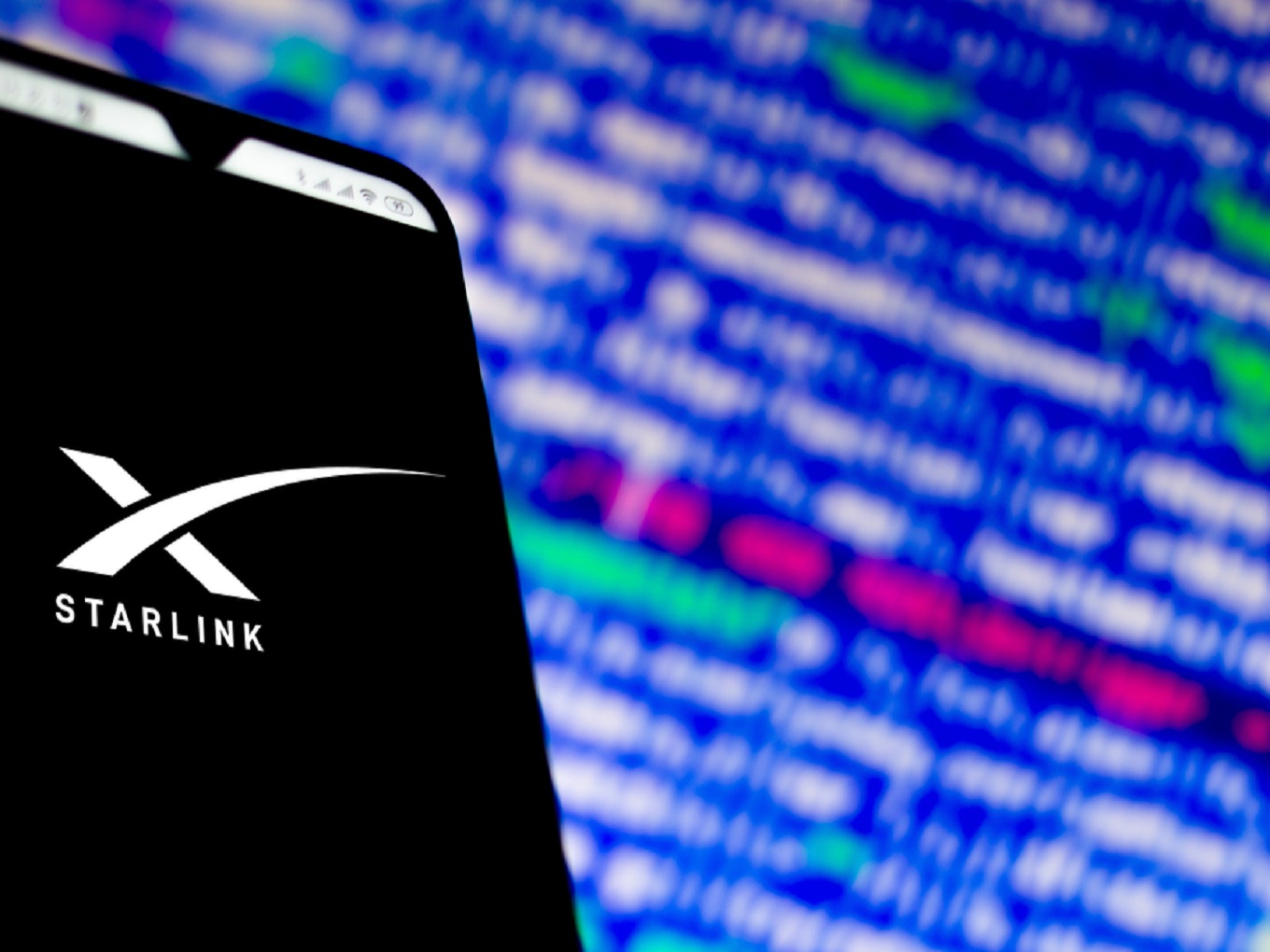Sanjay Bhargava has announced that SpaceX’s Starlink Service should apply for a commercial license before the end of January 2022
Starlink stopped accepting preorders from Indian addresses for its satellite-based internet services after the Department of Telecommunications (DoT) issued a notice against it earlier last week
Starlink had hit similar regulatory hurdles earlier this year when they were rolling out beta-testing for their service in the country

Starlink country director Sanjay Bhargava has announced that SpaceX’s Starlink Service would apply for a commercial license before the end of the first month of 2022. Along with the announcement, he also released two Starlink service guides—one aimed at the private sector and individuals and another aimed at Indian states and union territories in a LinkedIn post.
Some of the recommendations made include a proposal for state governments to fund the annual cost of Starlink terminals (approximately INR 1,50,000), to be used in coordination with fibre-optic broadband services.
Earlier this week, Starlink stopped accepting preorders from Indian addresses for its satellite-based internet services after the Department of Telecommunications (DoT) issued a notice pointing out that Elon Musk’s SpaceX’s Starlink is not authorised to offer satellite-based internet services in the country.
At the time, Starlink country director Sanjay Bhargava had no comments to make on the DoT notice when Inc42 reached out.
If you enter an Indian address on Starlink’s page for preorders, you are greeted with a message that says, “Starlink is not yet available in your area due to pending regulatory approval. As we receive approvals, our coverage area will continue to expand, so please check back for future availability in your area.” The website continues to accept pre-orders from other locations, like the United States.
Starlink uses special low-earth-orbit (LEO) satellites that orbit between 500 and 2000km above the earth’s surface, which is much lesser than the usual orbit of conventional satellites operating at about 36,000km. This proximity means that Starlink can deliver much faster, lower-latency internet than conventional satellite-internet services.
Starlink had hit similar regulatory hurdles earlier this year when they were rolling out beta-testing for their service in the country. The Broadband India Forum (BIF), a policy think-tank consisting of internet service providers and internet companies, objected to the rollout.
The forum had argued that Starlink did not have a license or authorisation of any kind to offer internet services in India.






![Read more about the article [Weekly funding roundup Aug 15-19] Venture investments decline in absence of large deals](https://blog.digitalsevaa.com/wp-content/uploads/2022/03/funding-roundup-1-1639749230575-300x150.png)



